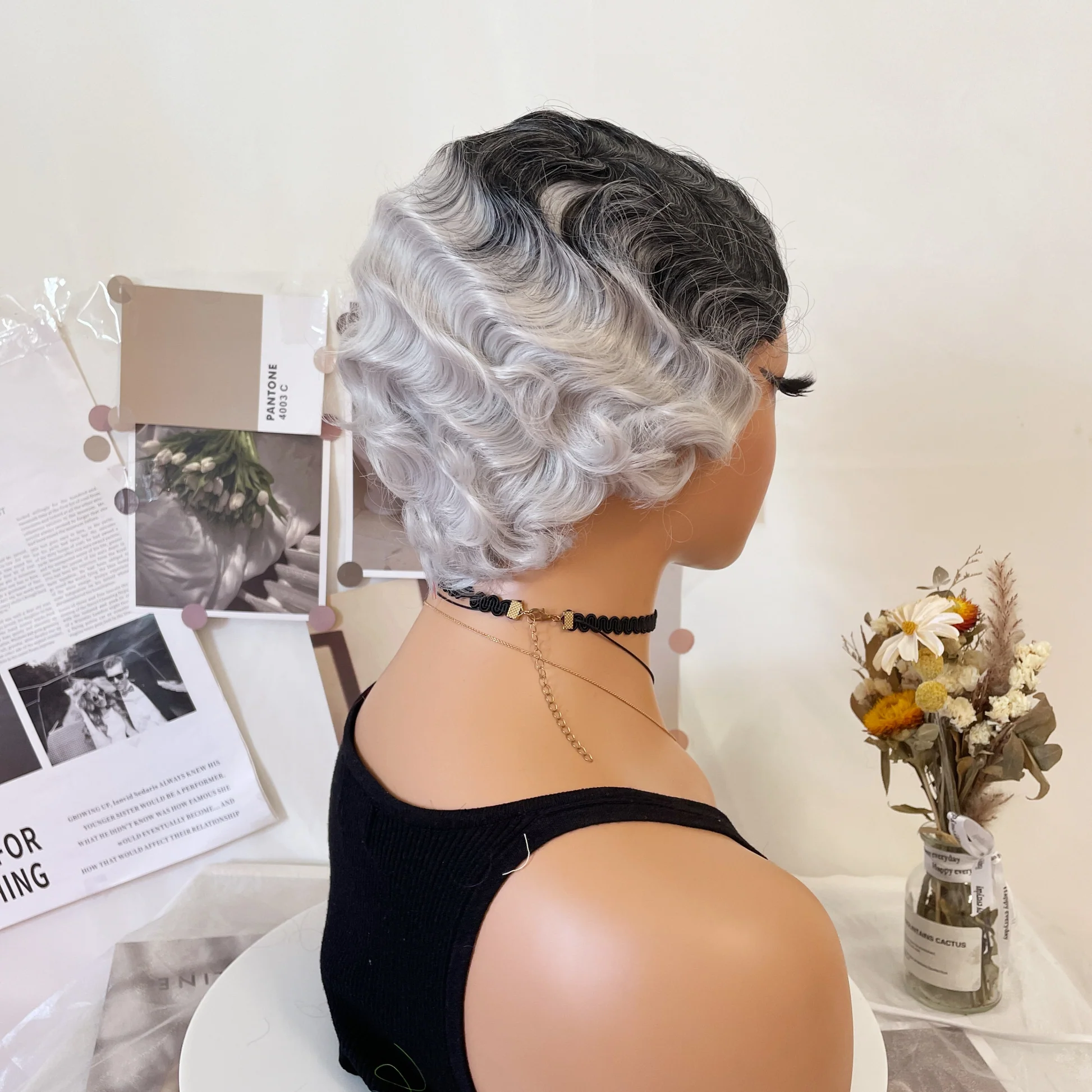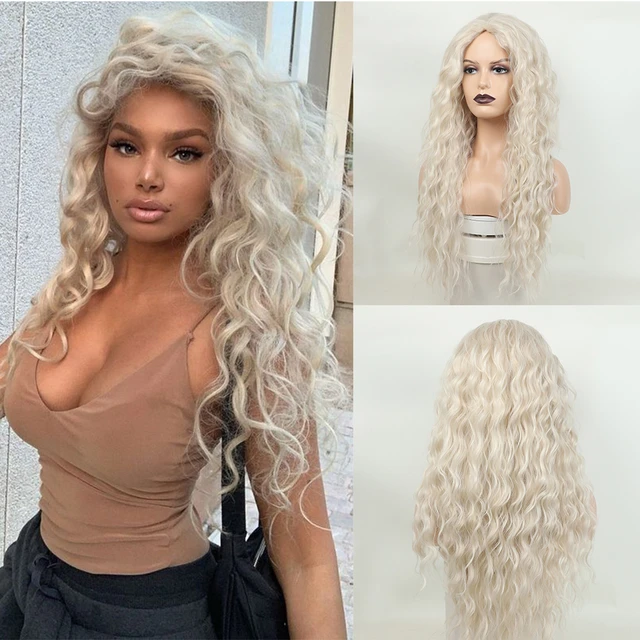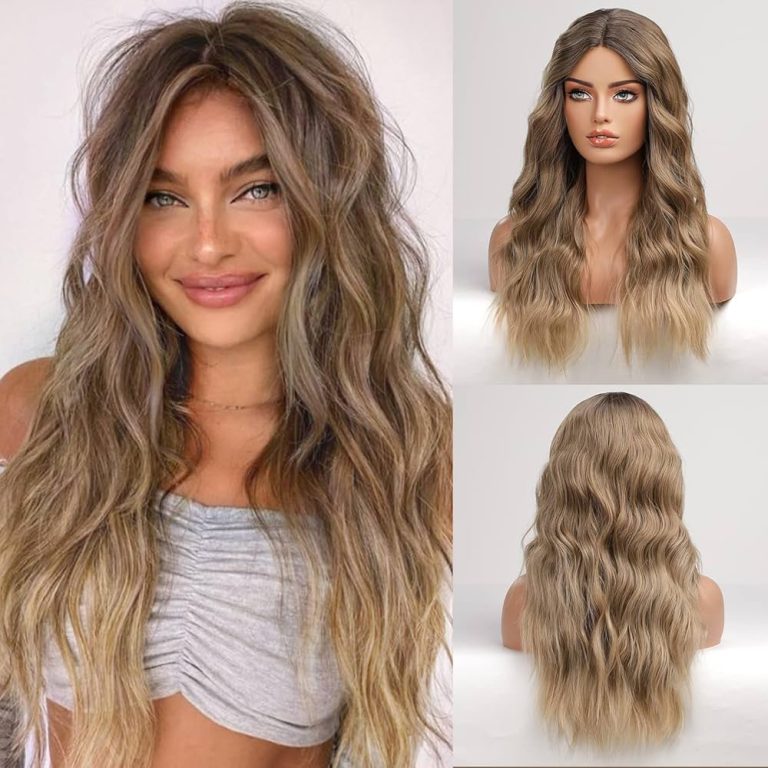
The Timeless Elegance of Finger Wave Wig
The Rich History of Finger Waves
Finger wave wigs have captured the hearts of fashion enthusiasts and vintage lovers alike. These iconic hairstyles transport wearers to the glamorous era of the 1920s and 1930s. Finger waves continue to make appearances on red carpets, in period films, and at themed events. This blog explores the world of finger wave wig, their history, styling techniques, and modern interpretations.
Finger waves originated in the 1920s during the height of the flapper era. Hairstylist Joanne Roe developed this technique to style the newly popular bobbed haircuts. The style quickly became a symbol of sophistication and modernity. Hollywood stars like Josephine Baker and Jean Harlow popularized finger waves. The technique involved using fingers and combs to create rhythmic, S-shaped waves close to the scalp. Finger waves represented a departure from the long, elaborate hairstyles of previous decades. The style persisted through the 1930s and experienced several revivals in later decades. Today, finger wave wigs allow modern wearers to capture this classic look effortlessly.
Types of Finger Wave Wigs
Finger wave wigs come in various styles and lengths. Short, cropped wigs emulate the classic 1920s bob. Longer versions incorporate finger waves at the crown with loose curls or waves at the ends. Some wigs feature finger waves throughout the entire length. Asymmetrical designs offer a modern twist on the classic look. Wigs may combine finger waves with other vintage styles like pin curls or victory rolls. Color options range from natural shades to bold, fashion-forward hues. Synthetic and human hair options cater to different preferences and budgets. Some wigs allow for heat styling, while others maintain a pre-set finger wave pattern. The variety of finger wave wigs available ensures a perfect match for every taste and occasion.
Selecting the ideal finger wave wig requires consideration of several factors. Face shape plays a crucial role in determining the most flattering style. Oval faces suit most finger wave styles, while round faces benefit from asymmetrical designs. Square faces look great with softer, looser finger waves. Heart-shaped faces pair well with side-parted finger wave wigs. Consider personal style and the intended use of the wig. Event-specific wigs may differ from those worn for everyday use. Wig construction affects comfort and appearance. Lace front wigs offer a natural-looking hairline. Monofilament tops provide versatile parting options. Cap size ensures a secure and comfortable fit. Color selection should complement skin tone and personal preferences. Trying on different styles helps in making the final decision.
Styling and Maintaining Finger Wave Wigs
Proper styling and maintenance preserve the beauty of finger wave wigs. Start by gently brushing the wig to remove any tangles. Use a wide-tooth comb for synthetic wigs to avoid damaging the fibers. Apply a small amount of wig-specific styling product to enhance the waves. Finger-comb the product through the wig to distribute it evenly. Use hair clips to secure sections while styling. Enhance existing waves by using your fingers to mold and shape them. A light mist of hairspray helps set the style. For human hair wigs, use a small curling iron to touch up waves. Store the wig on a wig stand to maintain its shape. Clean the wig according to manufacturer instructions. Avoid sleeping or showering while wearing the wig. Regular maintenance ensures the longevity and beauty of finger wave wigs.
Contemporary fashion has embraced finger wave wigs with modern twists. Designers incorporate bolder colors like pastels or neons into finger wave styles. Ombre and balayage techniques add depth and dimension to the waves. Some wigs combine finger waves with more relaxed, beachy waves for a hybrid look. Asymmetrical cuts offer an edgy take on the classic style. Mixing finger waves with braids or cornrows creates unique, textured looks. Longer finger wave wigs allow for versatile styling options. Some wearers opt for partial finger wave wigs or extensions for a subtle nod to the trend. High-fashion runways showcase avant-garde interpretations of finger waves. These modern takes on finger wave wigs appeal to a new generation of style enthusiasts.
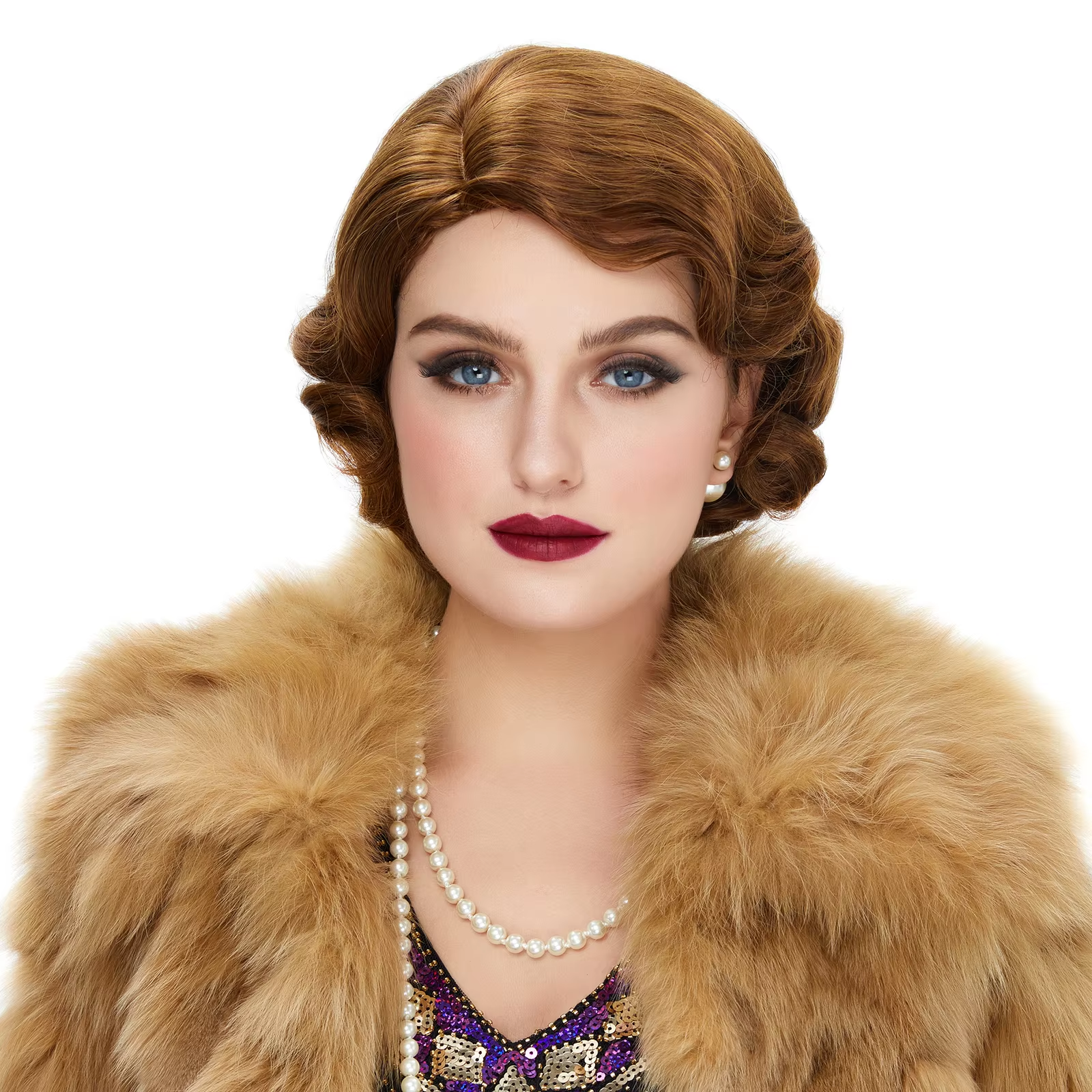
DIY Finger Waves for Natural Hair
Creating finger waves on natural hair offers an alternative to wigs. Start with freshly washed and conditioned hair. Apply a strong-hold styling gel or mousse to damp hair. Part the hair as desired and begin forming waves at the hairline. Use a fine-tooth comb to create C-shaped waves, alternating directions. Secure each wave with hair clips or bobby pins. Continue this process throughout the hair. Use a hooded dryer or allow hair to air dry completely. Once dry, gently remove clips and lightly mist with hairspray. For looser waves, gently separate them with fingers. This technique works well on various hair lengths and textures. Practice improves skill and speed in creating finger waves. DIY finger waves offer a non-committal way to enjoy this classic style.
Finger wave wigs add a touch of vintage glamour to special events. Wedding parties often incorporate finger wave styles for a timeless look. Gatsby-themed parties call for authentic 1920s hairstyles like finger waves. New Year’s Eve celebrations welcome the sparkle and sophistication of finger waves. Costume parties benefit from the instantly recognizable style of finger wave wigs. Red carpet events see celebrities donning elegant finger wave looks. Historical reenactments require accurate finger wave wigs for authenticity. Theater productions use finger wave wigs to set the scene for period plays. Finger wave wigs elevate the aesthetics of vintage-inspired photo shoots. The versatility of these wigs makes them suitable for a wide range of special occasions.
Choosing Between Synthetic and Human Hair Finger Wave Wigs
Synthetic and human hair finger wave wigs each offer distinct advantages. Synthetic wigs maintain their style well, requiring minimal restyling. They come at a lower price point, making them accessible to more consumers. Synthetic fibers offer vibrant color options that resist fading. However, they lack the natural movement and versatility of human hair. Human hair finger wave wigs allow for heat styling and color changes. They provide a more natural look and feel, blending seamlessly with real hair. Human hair wigs often last longer with proper care. The downside includes higher cost and more intensive maintenance requirements. Consider budget, intended use, and desired level of versatility when choosing between synthetic and human hair options.
Accessorizing Finger Wave Wigs
Accessories enhance the allure of finger wave wigs. Decorative hair combs and pins add sparkle to the waves. Feathered headbands complement the 1920s aesthetic of finger waves. Pearl hair clips offer a classic, elegant touch. Birdcage veils pair beautifully with finger wave styles for a vintage bridal look. Fascinators add drama and flair to finger wave wig. Silk scarves can be tied around finger wave wigs for a retro-inspired look. Flower accessories bring a soft, romantic element to the style. Beaded headpieces evoke the glamour of the Jazz Age. When accessorizing, balance is key to avoid overwhelming the intricate waves. Choose accessories that complement the overall outfit and occasion.
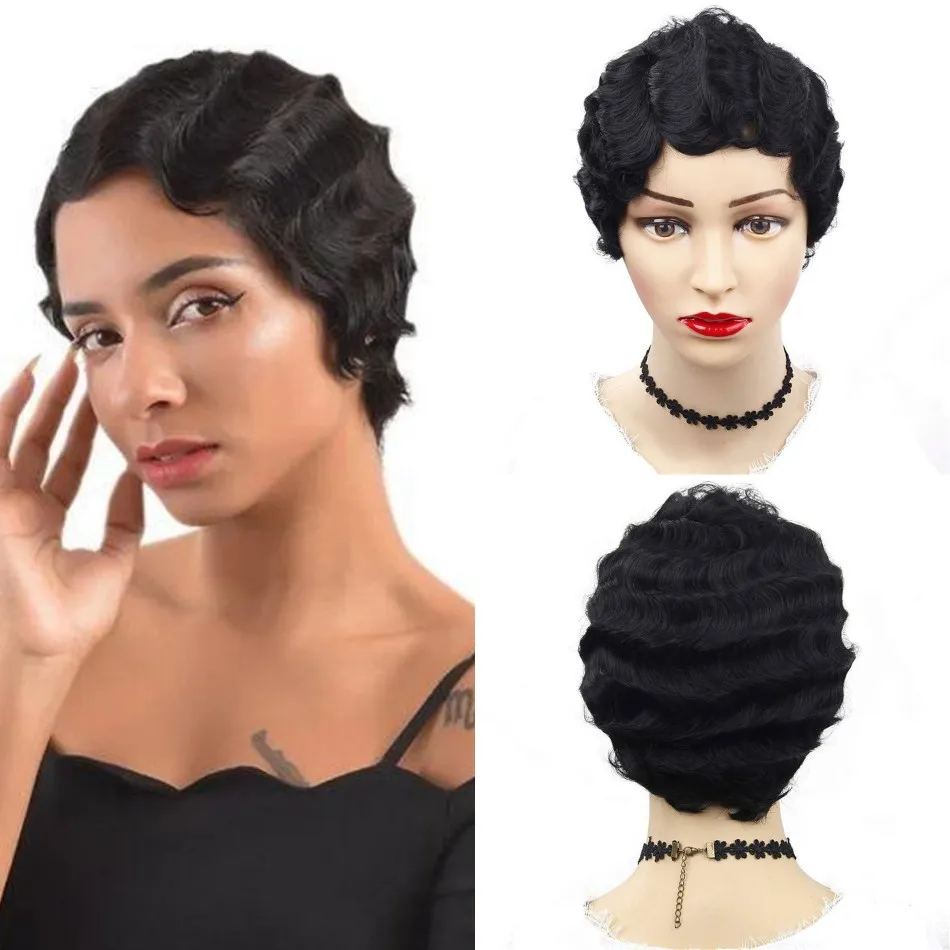
Cultural Significance of Finger Wave Wigs
Finger wave wig hold cultural significance beyond mere fashion. They represent the liberation and changing roles of women in the 1920s. The style symbolizes the boldness and rebelliousness of the flapper movement. Finger waves became associated with the glamour and excess of the Jazz Age. In African American culture, finger waves offered a sleek alternative to natural hair textures. The style crossed racial and class boundaries, unifying diverse groups through fashion. Finger waves represent a nostalgic connection to a romanticized past era. They serve as a visual shorthand for sophistication and classic beauty. The enduring popularity of finger waves speaks to their cultural impact. Modern interpretations of finger waves allow for cultural expression and reinterpretation.
Caring for Sensitive Scalps with Finger Wave Wigs
Individuals with sensitive scalps can still enjoy finger wave wig comfortably. Choose wigs with soft, breathable cap constructions. Opt for lightweight styles to reduce pressure on the scalp. Use wig liners to create a barrier between the wig and skin. Select wigs with adjustable straps for a customized, gentle fit. Avoid styles with heavy teasing or excessive product buildup. Clean the wig regularly to prevent irritation from accumulated oils and debris. Allow the scalp to breathe by removing the wig daily. Apply soothing, hypoallergenic products to the scalp before and after wig wear. Consider consulting a dermatologist for personalized advice on wig wear for sensitive skin. With proper care and selection, even those with sensitive scalps can embrace the beauty of finger wave wigs.
